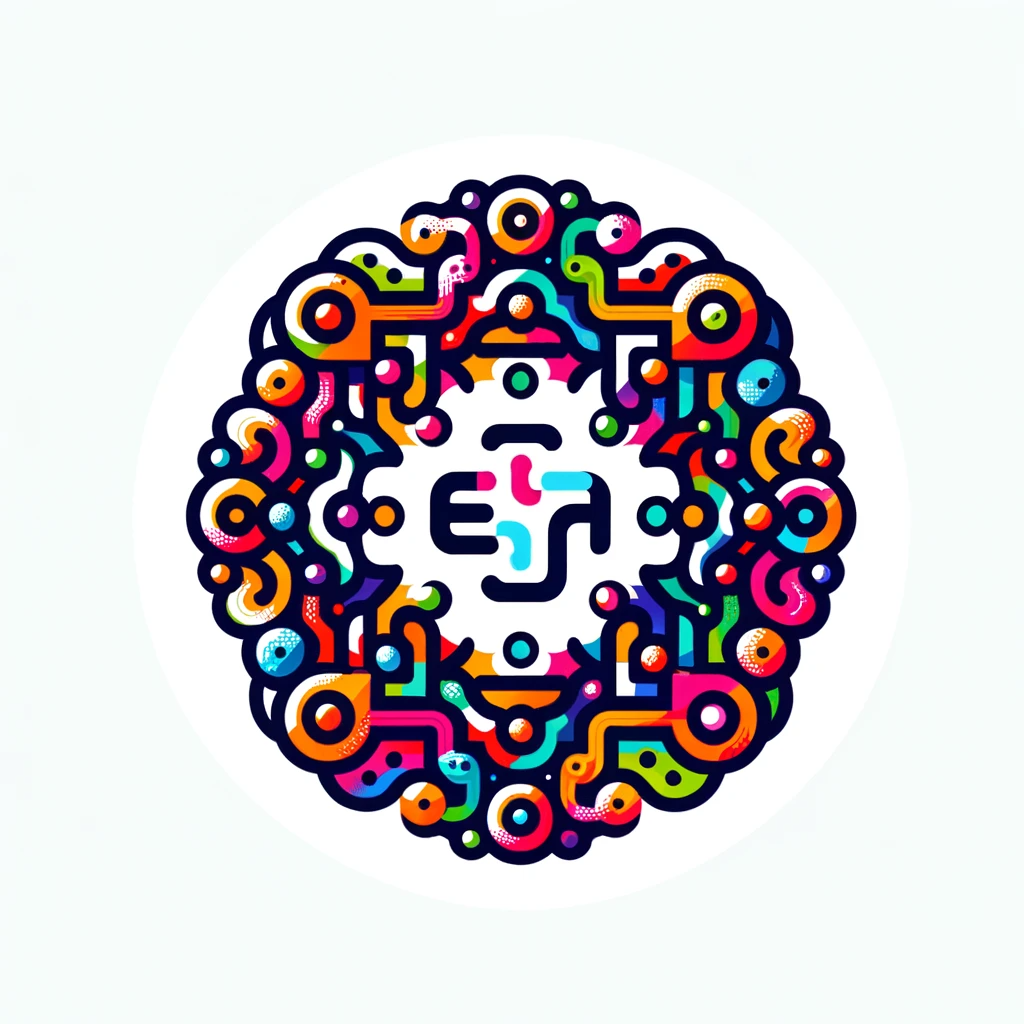Today marks a significant milestone for the Amazigh community and language enthusiasts worldwide. Google has officially added Tamazight to its Google Translate service, opening up new possibilities for communication, education, and cultural preservation.
As an Amazigh speaker and advocate, I can’t overstate the importance of this development. For years, our rich linguistic heritage has been underrepresented in the digital sphere. This move by Google is not just about translation – it’s about recognition, visibility, and the bridging of cultural gaps.
Tamazight, the language of the Imazighen (Berbers), is spoken by millions across North Africa, particularly in Morocco, Algeria, Libya, and Tunisia. It’s not a monolithic language but a family of closely related varieties, each with its own unique flavor and cultural significance. The addition to Google Translate likely focuses on standardized Tamazight, but it’s a crucial first step towards broader digital inclusion.
Why This Matters:
- Preservation: Digital tools help keep languages alive and relevant in our increasingly connected world.
- Education: Students and researchers now have an additional resource for learning and studying Tamazight.
- Global Communication: Tamazight speakers can more easily share their thoughts and culture with a global audience.
- Economic Opportunities: Improved translation tools can open doors for Amazigh businesses and entrepreneurs.
- Cultural Pride: This recognition by a tech giant validates the importance of Amazigh language and culture on the world stage.
Challenges Ahead:
While this is undoubtedly a cause for celebration, we must also acknowledge the challenges. Automated translation is never perfect, especially for languages with rich oral traditions and regional variations. As users, we have a responsibility to engage with the tool, provide feedback, and help improve its accuracy over time.
Looking Forward:
This development gives me hope for the future of Tamazight and other indigenous languages. It’s a reminder that in our digital age, linguistic diversity can and should be celebrated and preserved.
To my fellow Imazighen and language enthusiasts, I encourage you to explore this new tool, share it with others, and continue advocating for linguistic inclusivity in all spheres of life.
Let’s end with a phrase that captures the spirit of this moment, written in both Latin and Tifinagh scripts:
Tutlayt nngh, tazddagt nngh! ⵜⵓⵜⵍⴰⵢⵜ ⵏⵏⵖ, ⵜⴰⵣⴷⴷⴰⴳⵜ ⵏⵏⵖ!
(Our language, our identity!)


Leave a Reply